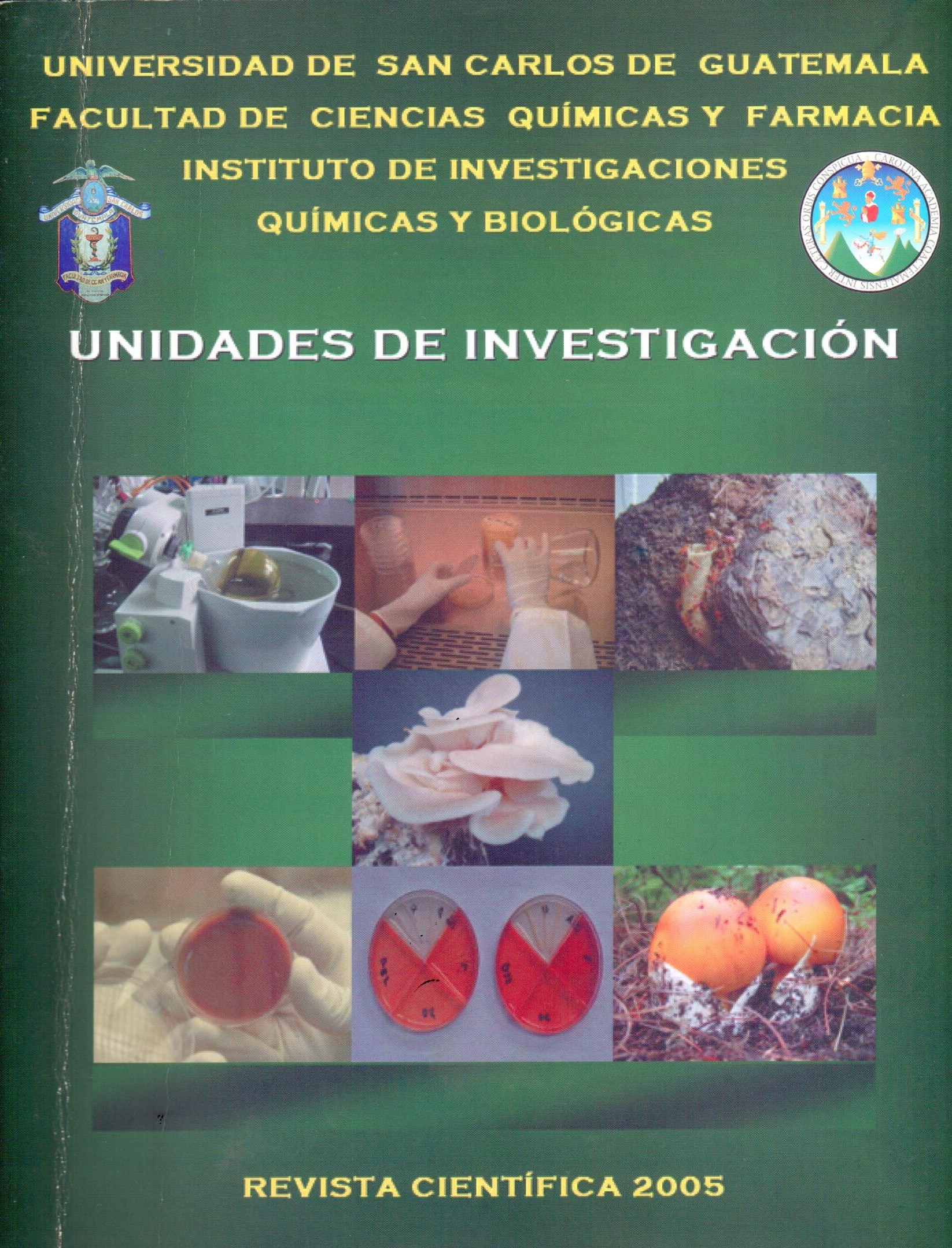Data Center for Conservation
DOI:
https://doi.org/10.54495/Rev.Cientifica.v17i2.212Keywords:
Information management , Analysis of biological information, Wild fauna and floraAbstract
The Conservation Data Center was created within the Center for Conservation Studies in December 1989 through an agreement with The Nature Conservancy, with the aim of systematically collecting and organizing information on the country's biological diversity scattered among different organizations and institutions. There are two cornerstones on which the theme of research at the CDC is supported. The first has to do with the very identity of the institution: Information management: the CDC consists of a computerized inventory, continuously updated of the characteristics and distribution biodiversity, on which it is necessary to collect information for conservation purposes. This implies the collection and organization of existing information in the country and its availability to the public. The second is linked to the analysis of biological information and the identification of information gaps that allow guiding the research areas and promoting knowledge. Two essential tasks emerge from this, which represent "the art of the CDC": 1/ search, selection, repatriation, computerized systematization and commissioning of existing documentation with information that focuses on biological inventories, identifies critical areas, supports the conservation and development planning, strengthen the management of protected areas, together with other research, environmental monitoring and education programs; 2/ Execution of research projects that increase the information useful to the knowledge of inventories of wild fauna and flora, reveal the status of rare, vulnerable or threatened biological species, explain the nature and distribution of natural terrestrial and aquatic communities, raise the appreciation of vascular plants and animals of sociocultural importance and support programs for scientific dissemination, environmental education, university service and national cooperation, and that promote interest, appreciation and healthy use of Guatemala's protected areas.
Downloads
References
.
Downloads
Published
How to Cite
Issue
Section
License
Copyright (c) 2005 Oscar Cóbar Pinto

This work is licensed under a Creative Commons Attribution 4.0 International License.
Authors who publish with this journal agree to the following terms:
- Authors retain copyright and grant the journal right of first publication with the work simultaneously licensed under a Creative Commons Attribution License 4.0 that allows others to share the work with an acknowledgement of the work's authorship and initial publication in this journal.
- Authors are able to enter into separate, additional contractual arrangements for the non-exclusive distribution of the journal's published version of the work (e.g., post it to an institutional repository or publish it in a book), with an acknowledgement of its initial publication in this journal.
- Authors are permitted and encouraged to post their work online (e.g., in institutional repositories or on their website) prior to and during the submission process, as it can lead to productive exchanges, as well as earlier and greater citation of published work.









